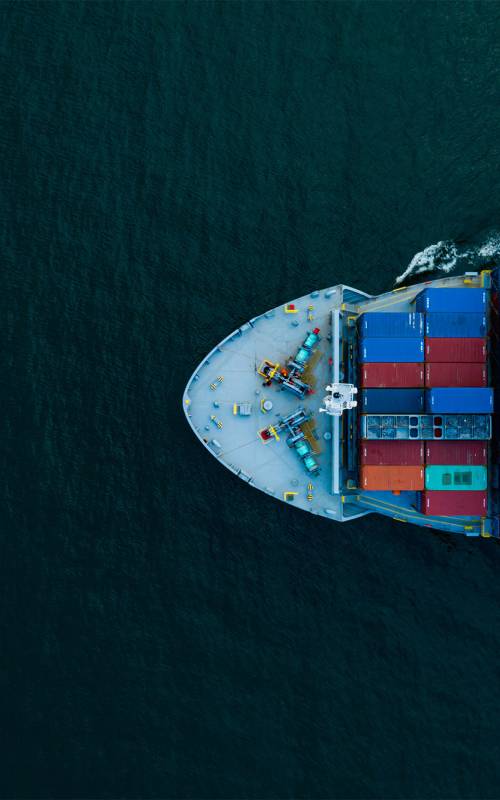Inland vessel
A vessel specifically designed for transport on inland waterways and waterways is called an inland waterway vessel. An inland waterway vessel differs from a sea-going vessel in many respects. For example, the design of an inland waterway vessel makes less stringent stability requirements for the much lower sea state in inland waterways.
The equipment of inland navigation vessels includes lowerable masts
Other navigational instruments and rescue equipment are also used. The equipment of inland vessels includes lowerable masts or a height-adjustable operator's platform, as limited clearance heights under bridges must be taken into account. Many ships also have a height-adjustable wheelhouse. An inland vessel can be roughly classified as a passenger ship, sports boat, work vessel or cargo ship, depending on its use. Freight ships for inland waters are classified according to CEMT for the different waterway classes, for example as Kempenaar for an inland waterway vessel with a loading capacity of 400-600 tonnes or as a European vessel with a loading capacity of up to 1,350 tonnes. In addition, inland waterway vessels are named according to their purpose of use and transport, for example as gas tanker, push boat, tug, special purpose vessel, car transport inland waterway vessel, passenger ship or cabin vessel.
Many different types of inland navigation vessels
There are also working vessels such as floating cranes, diving boats, icebreakers or dredgers which are used as inland waterway vessels. They also include fire-fighting boats, boats of the water police, car and passenger ferries or even laboratory ships. An Barge is always adapted to the conditions of inland waterways and -waters so that they cannot be used everywhere and universally in Germany and the rest of Europe.



